
Quality Control: Measuring What We First Drink with Our Eyes
Quality isn’t only about flavor and freshness—testing for color is important for making sure your beer is consistently meeting the drinker’s expectations. Here’s what to know.
17 articles in this category

Quality isn’t only about flavor and freshness—testing for color is important for making sure your beer is consistently meeting the drinker’s expectations. Here’s what to know.
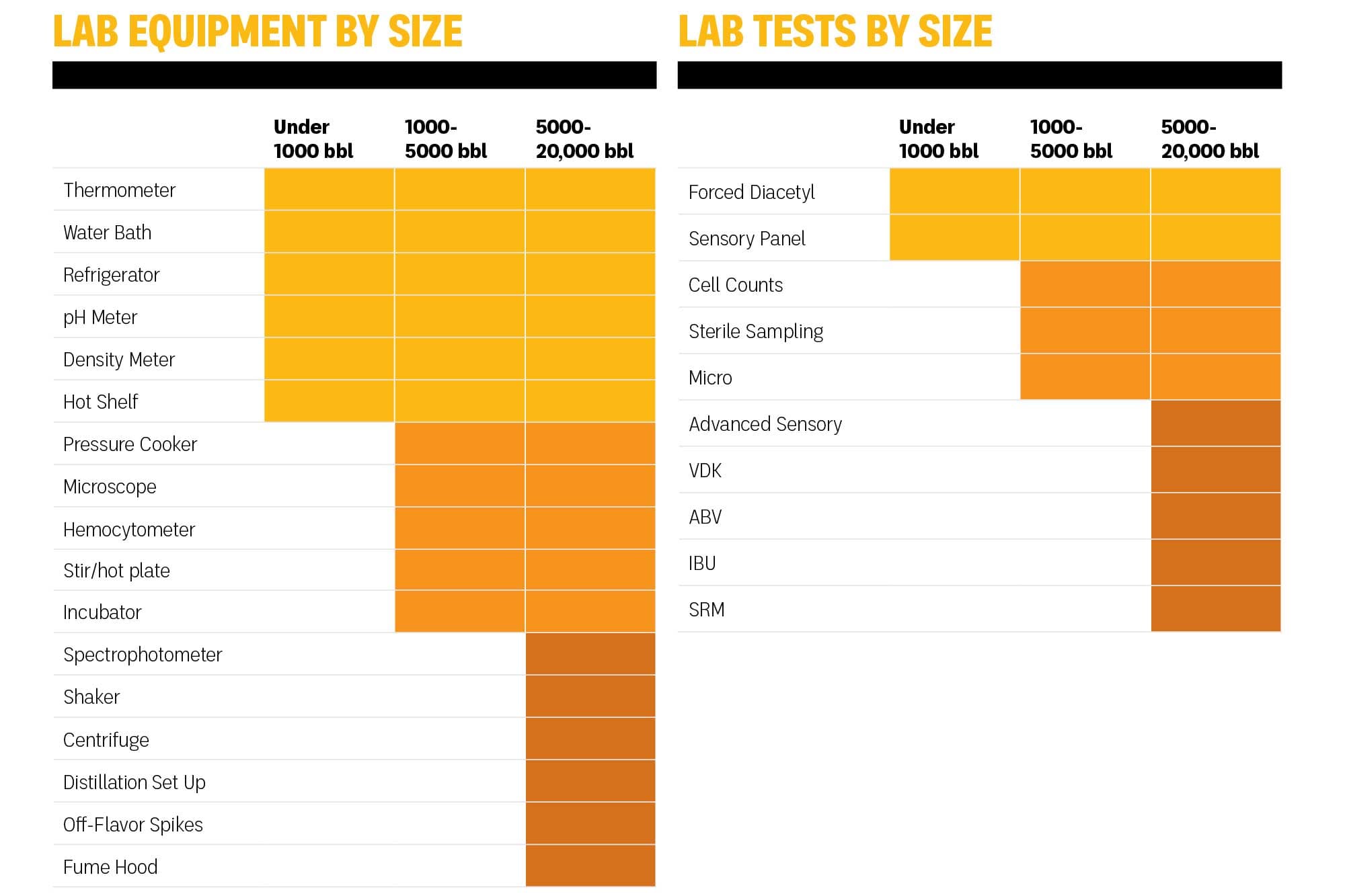
Adding a quality lab can seem daunting to a small brewery, but it’s not so bad when you know what equipment you need and which tests are appropriate for your scale. Here, we outline exactly what you should need.
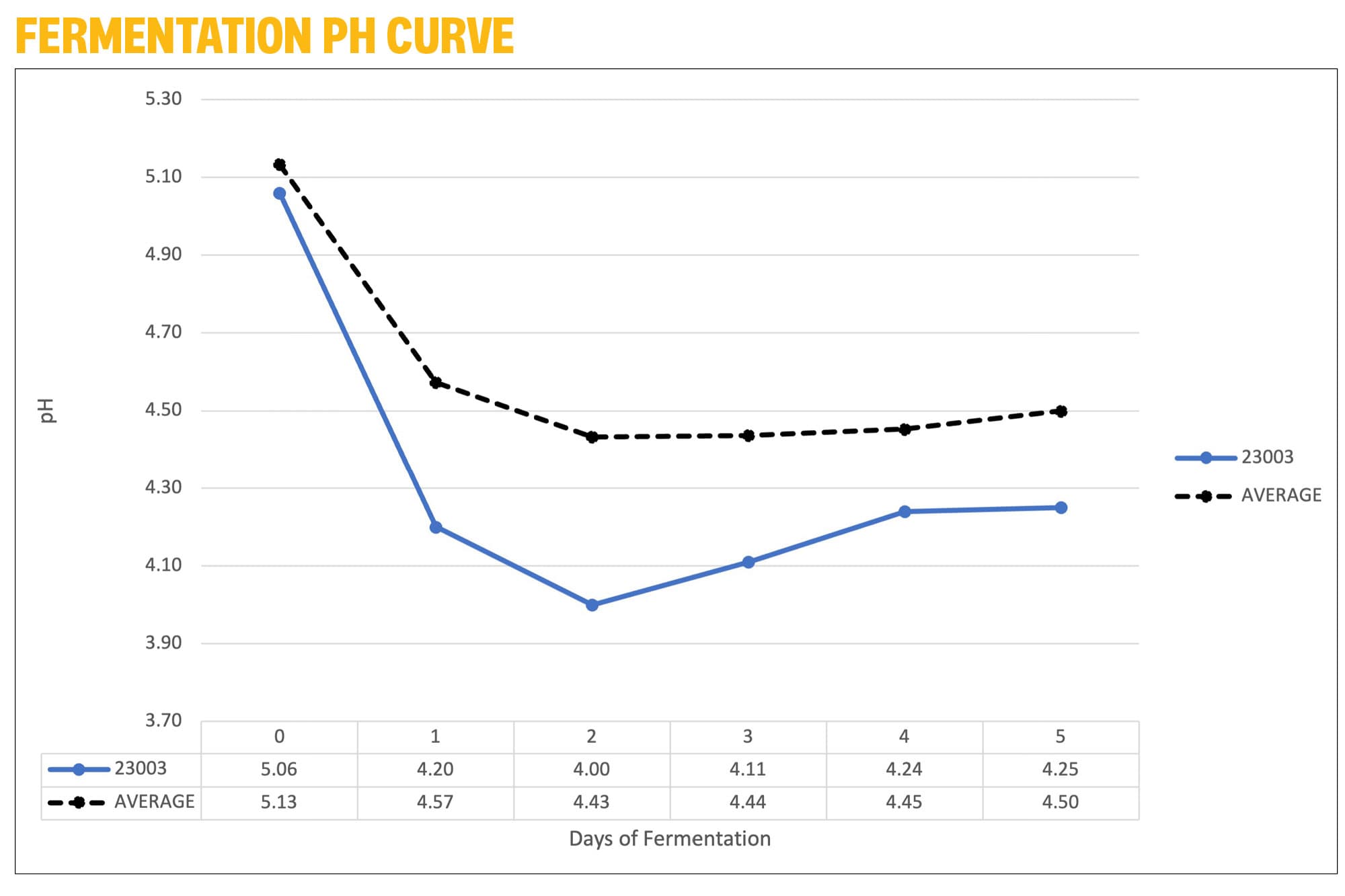
Many smaller breweries lack the resources to perform regular cell counts on their yeast pitches or slurries. Luckily, yeast share some of their secrets with us via pH values, and that can be an easy way to check on their health. Here’s what to know.

Researchers and yeast labs are looking closer at whether yeast-killing yeast—such as those that snuff out diastatic strains, preventing cross-contamination—may have broader applications in brewing.

In hard seltzers and other FMBs, sulfur as an off-flavor can be an even smellier obstacle than it is in beer. Here’s how to avoid it.

For anyone serious about quality, there’s nothing quite as satisfying as a well-thought-out binder packed with standard operating procedures. Here’s how to get started on SOPs for your brewery’s quality program.

Brewers don’t typically lose sleep over Bacillus, despite it being ubiquitous throughout the brewery. Being aware of it and knowing when it can cause problems can help ensure better, more consistent beer.
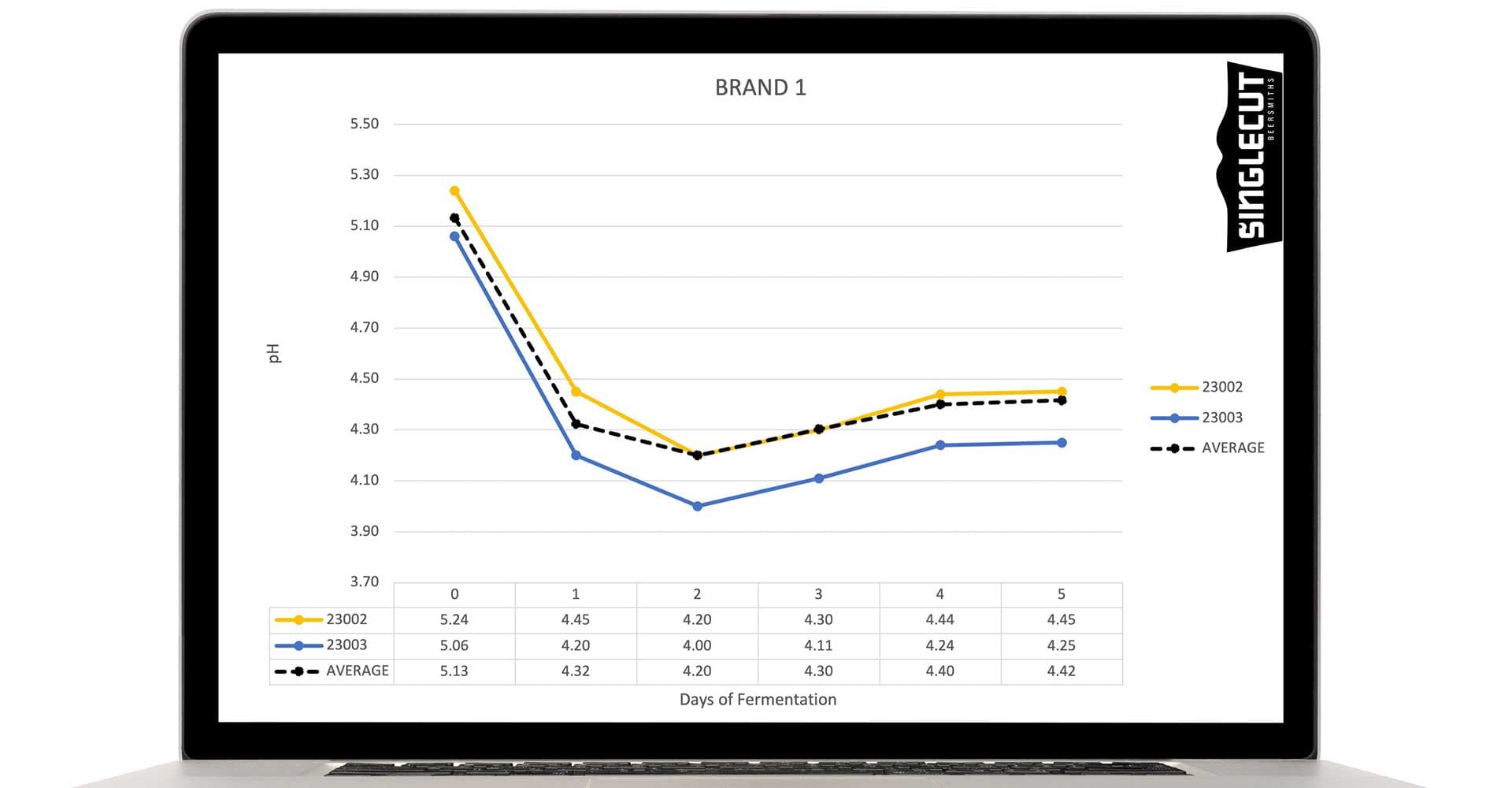
Widely available programs such as Excel or Google Sheets can be simple yet powerful tools for your brewing business, helping you achieve more consistent fermentations and a more predictable brewing schedule.

No brewery is too small or too short-handed to get a sensory panel going, and the education and expertise gained can be invaluable to the business. Here’s how to get your panel off the ground.

Happy yeast make better beer and a stronger brewing business. Here are some tips from the yeast whisperers to maximize your fermentations and lock in greater consistency.
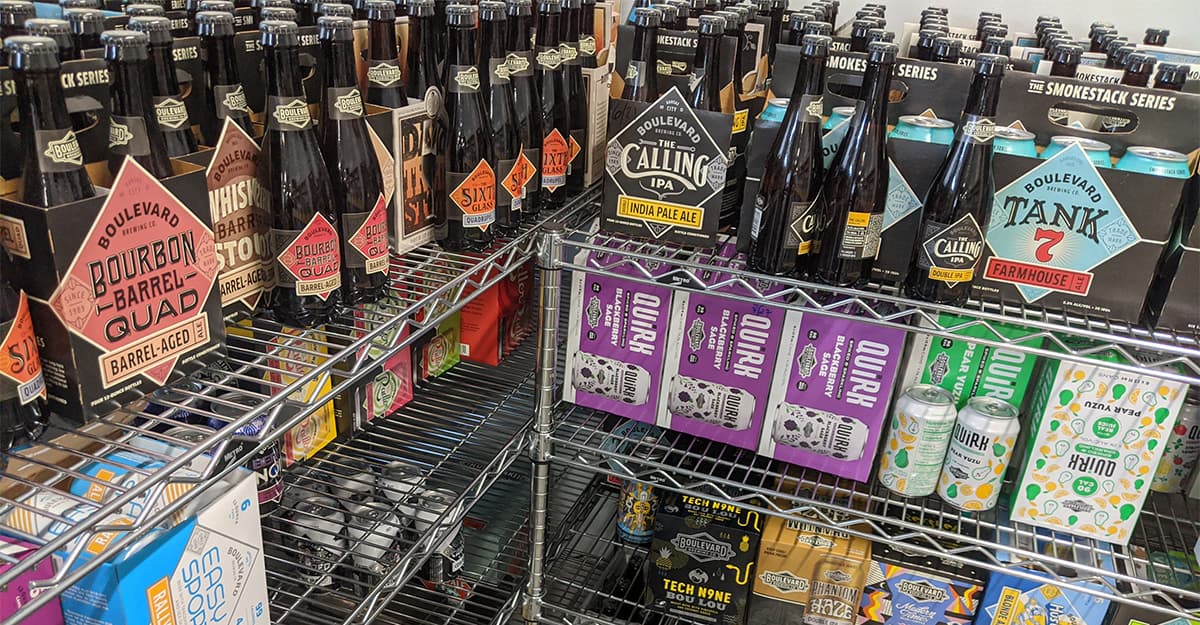
From quality control to recipe tweaks to pulling out those vintage bottles for a special occasion, there is real value in systematically keeping old beers around for later reference.
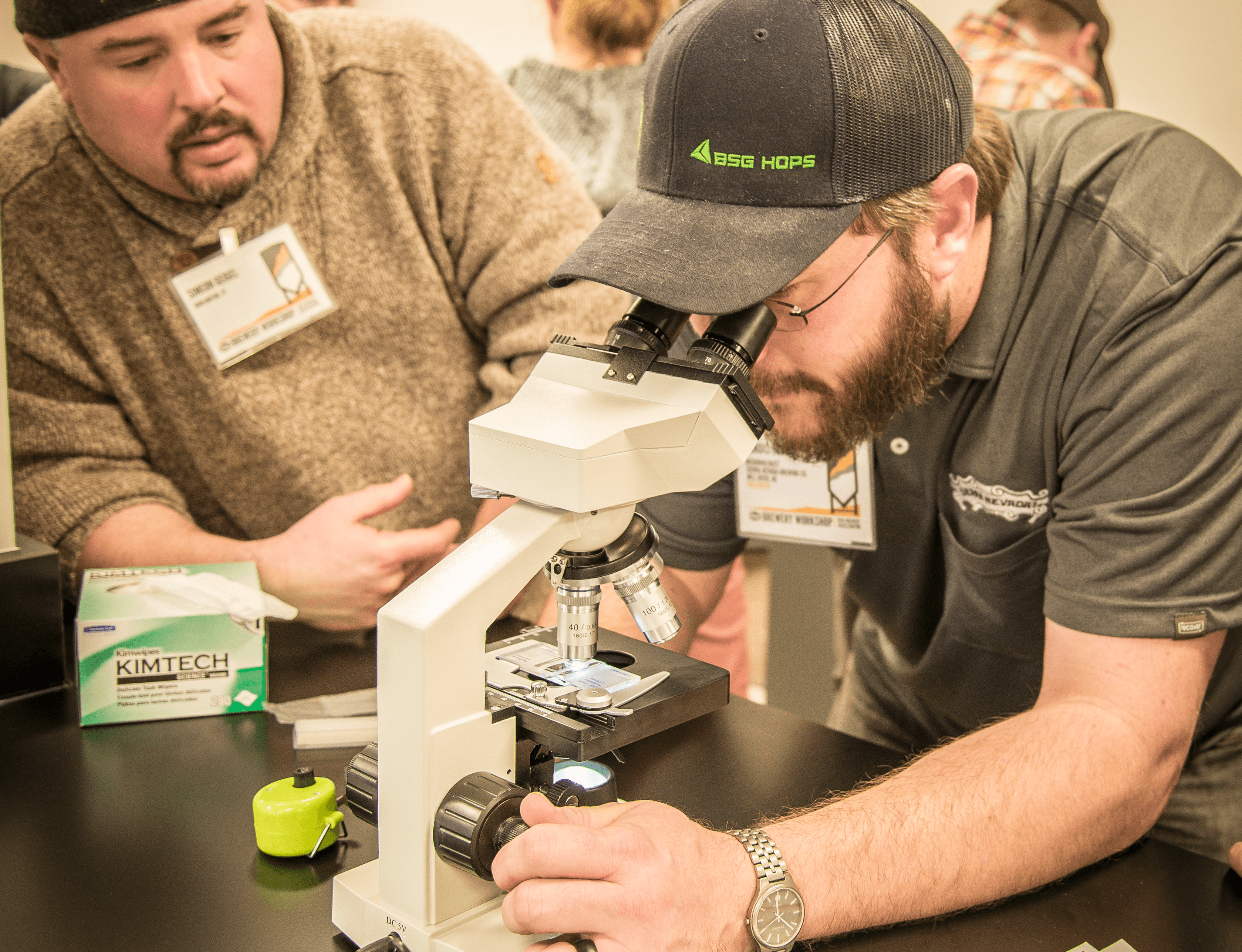
For a smaller brewery ready to improve data collection and quality control, the idea of adding a lab or dedicated staff may seem out of reach. However, there are real steps that any brewery can take to help ensure quality—and many cost little or nothing.
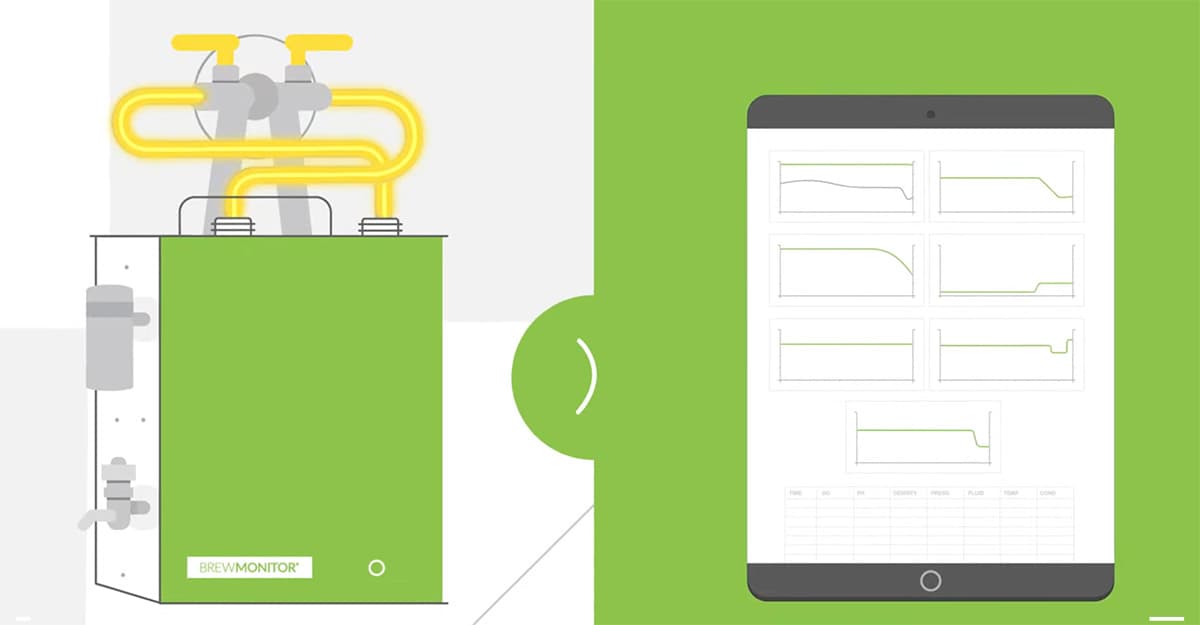
Devices that monitor fermentation in real time and apps that make data analysis a snap can help improve quality and output. They can also save breweries money, reducing the chances for error.
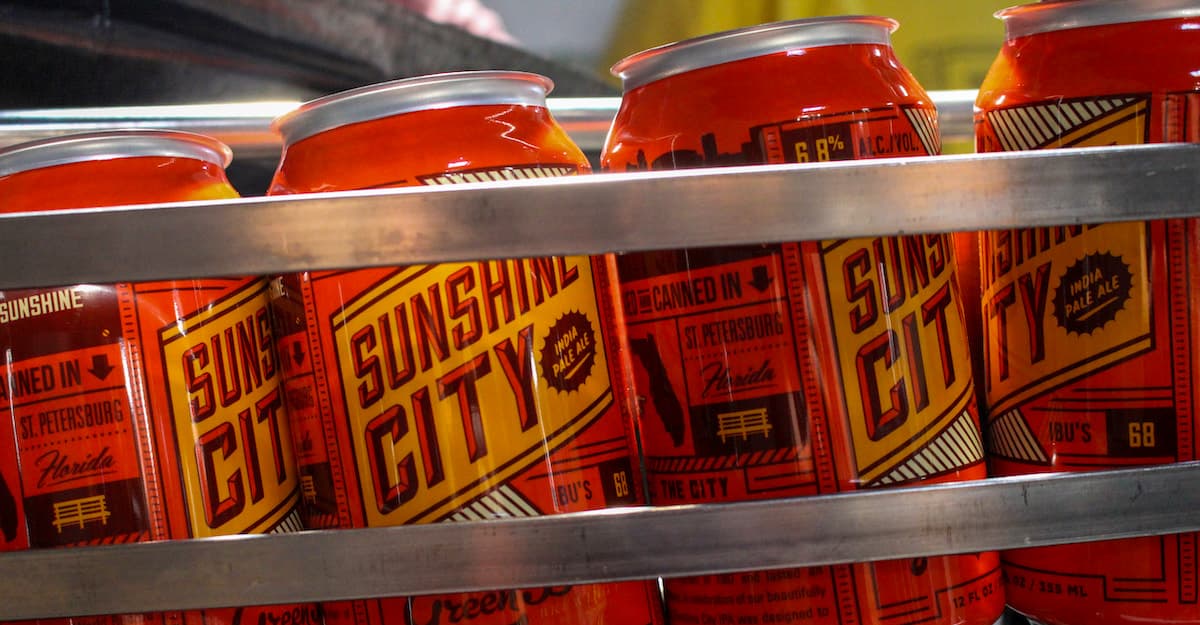
Let’s give the DO topic some oxygen—here are some practical ways that breweries using inline and mobile canning setups can reduce O2 in the package and better control freshness.
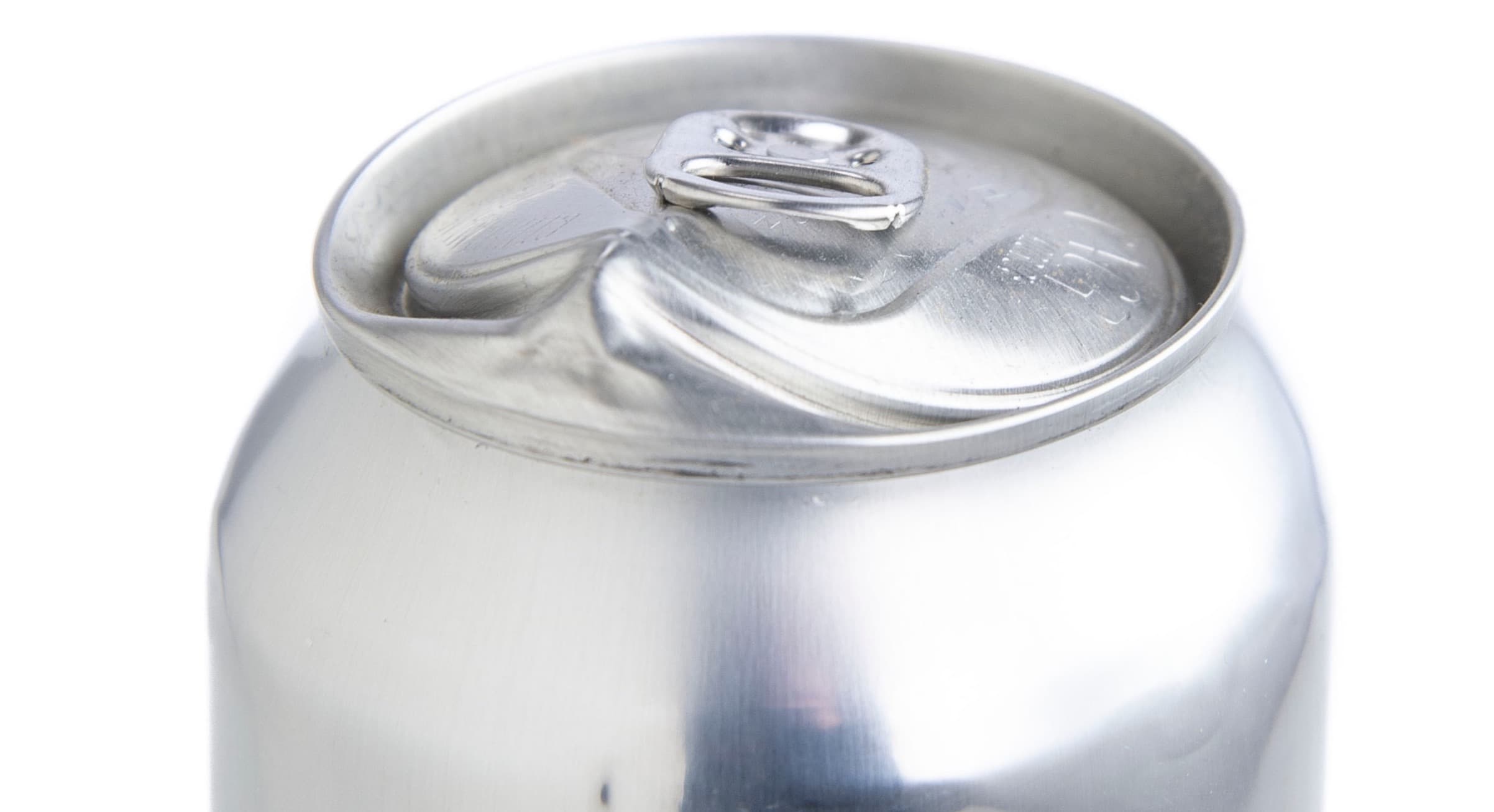
Greater demand for cans, and wider varieties of beer and canning materials, are leading to greater potential for issues.

What's it take to go from being an amateurish nanobrewery to an award-winning one that thrives in Denver, one of the country's most beer-saturated markets? Hard work, hard conversations, and confidence.

Nathan Sanborn of Rising Tide Brewing Co. looks back at his decade of brewing to see the future. From changes in packaging to walking the line between core beers and fads, above all else, he cares about quality and sees it as the driver of his success.